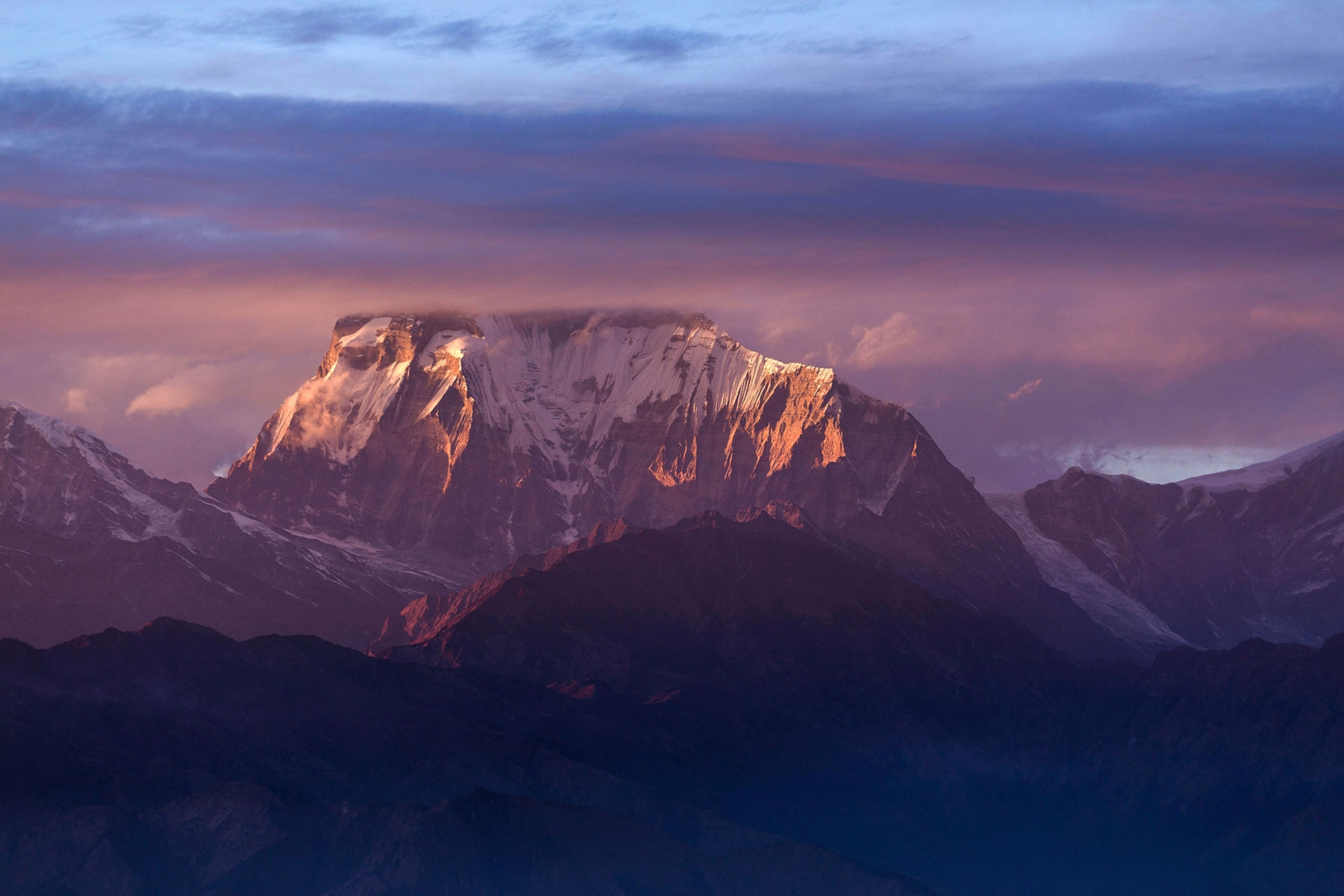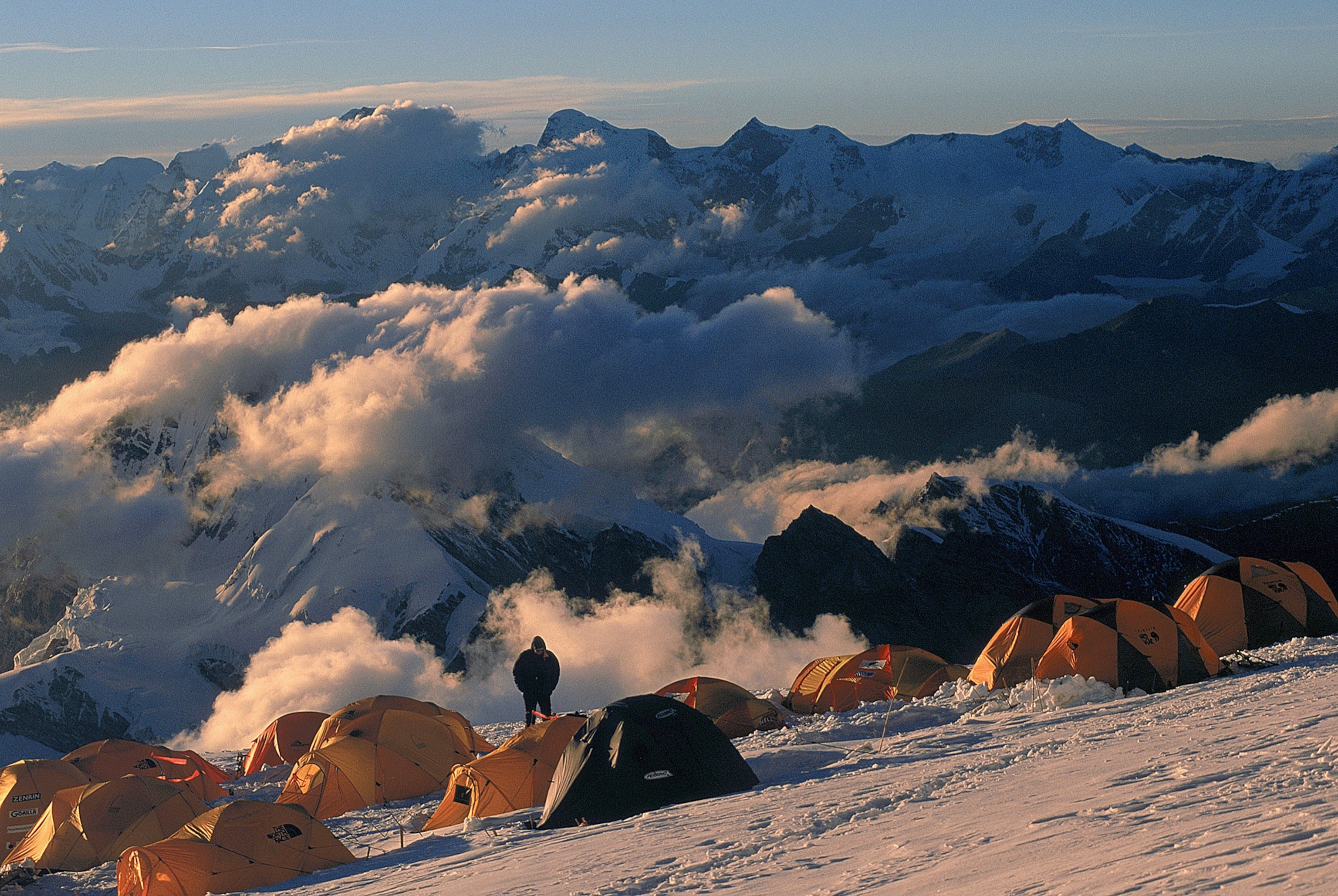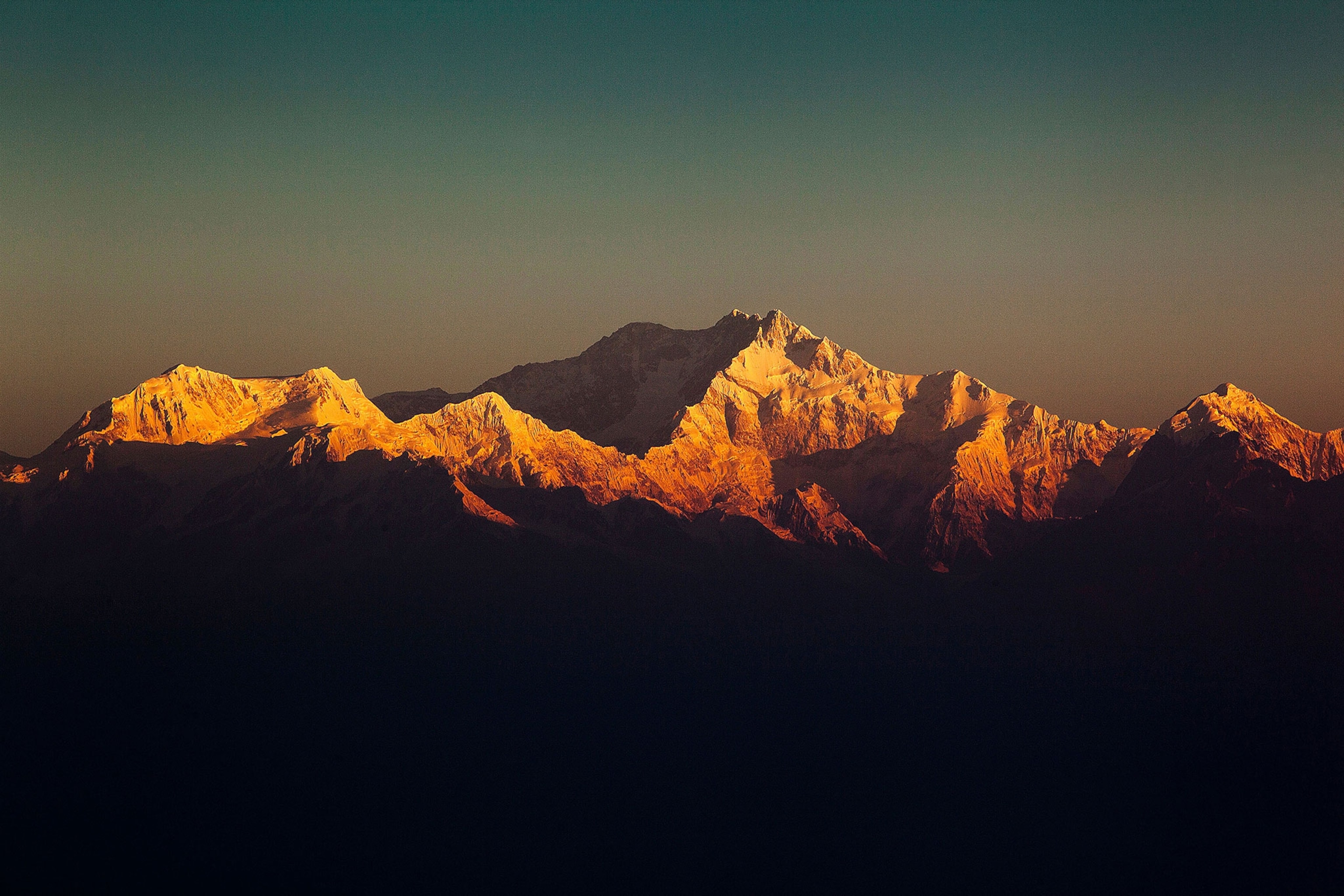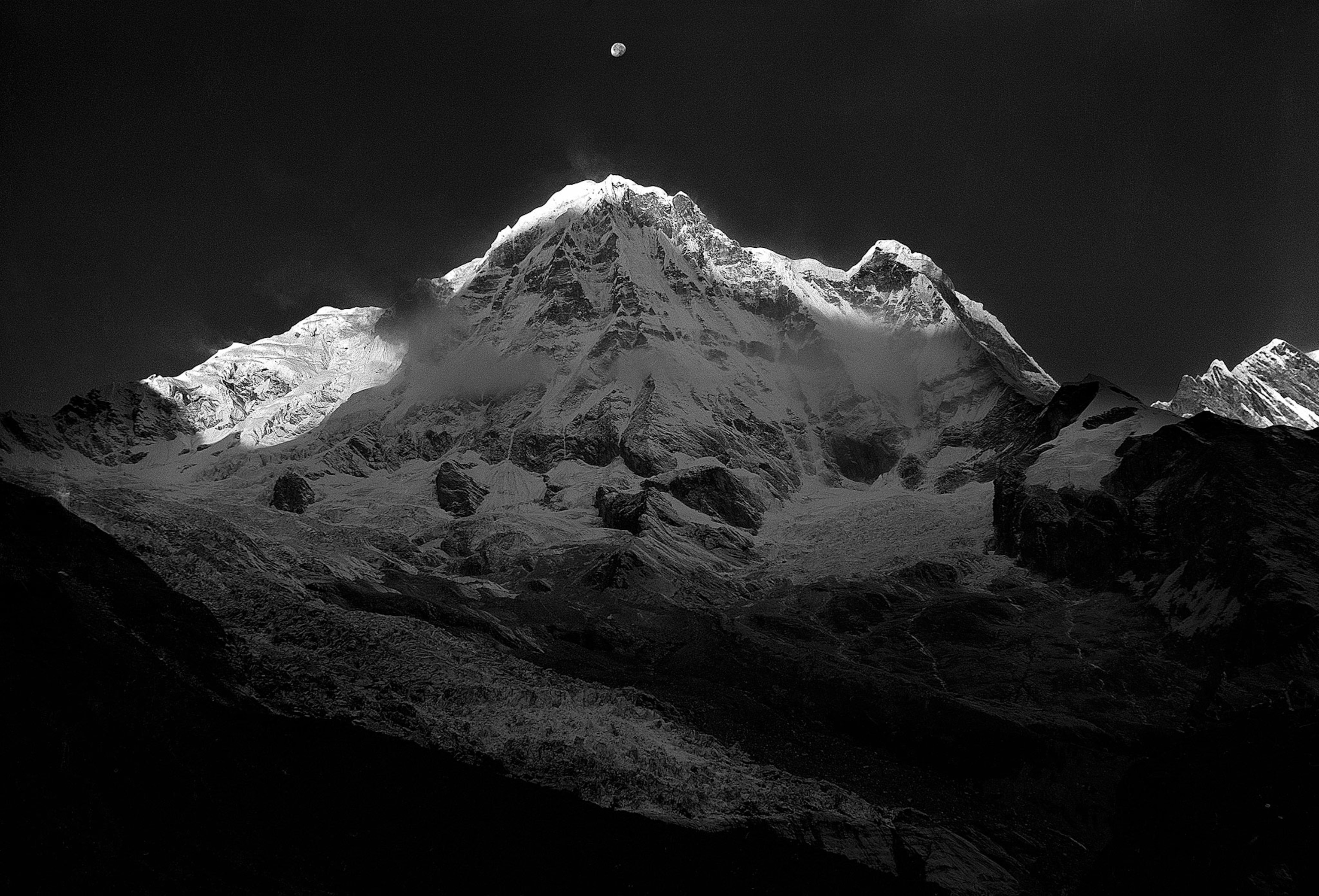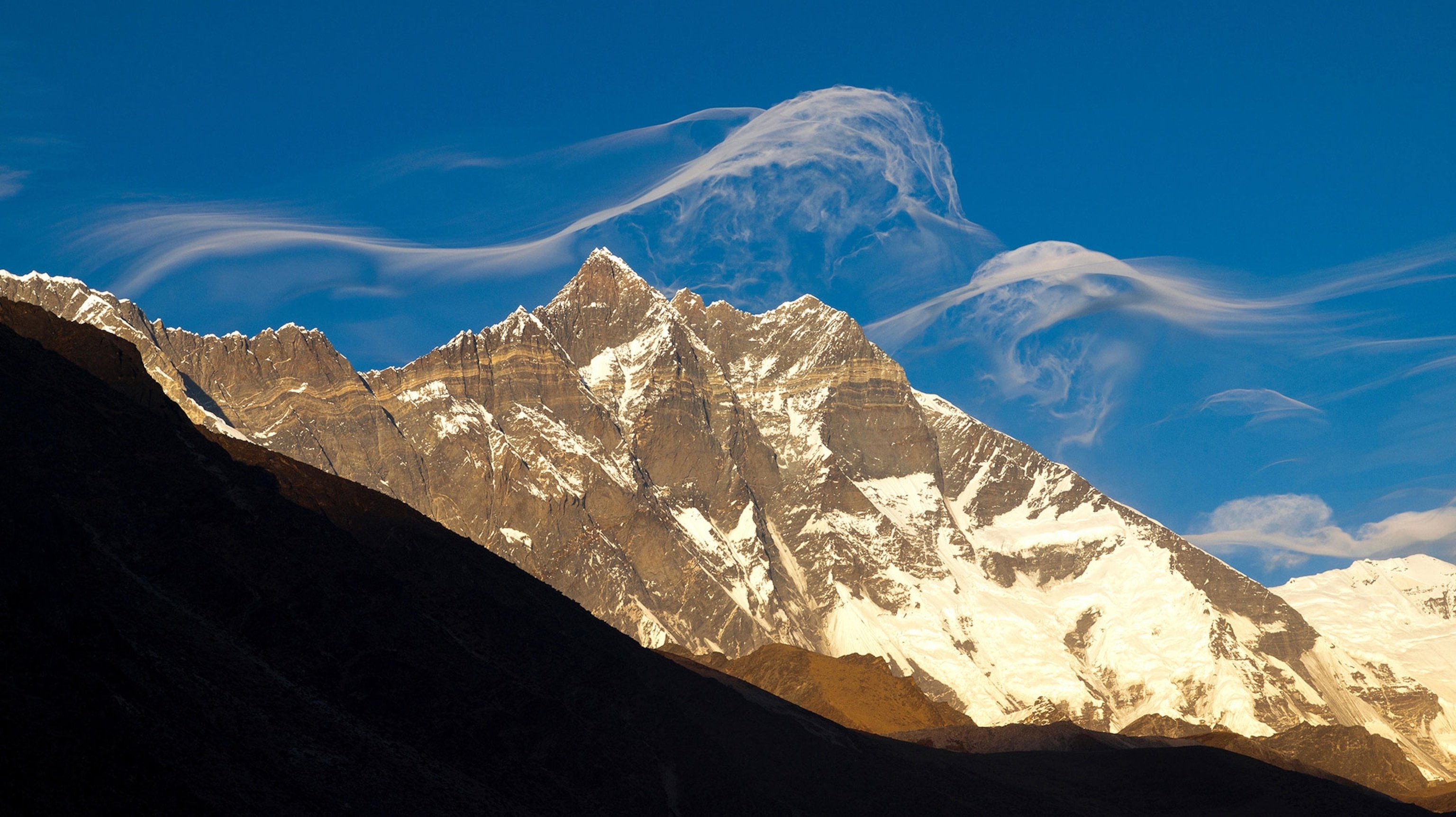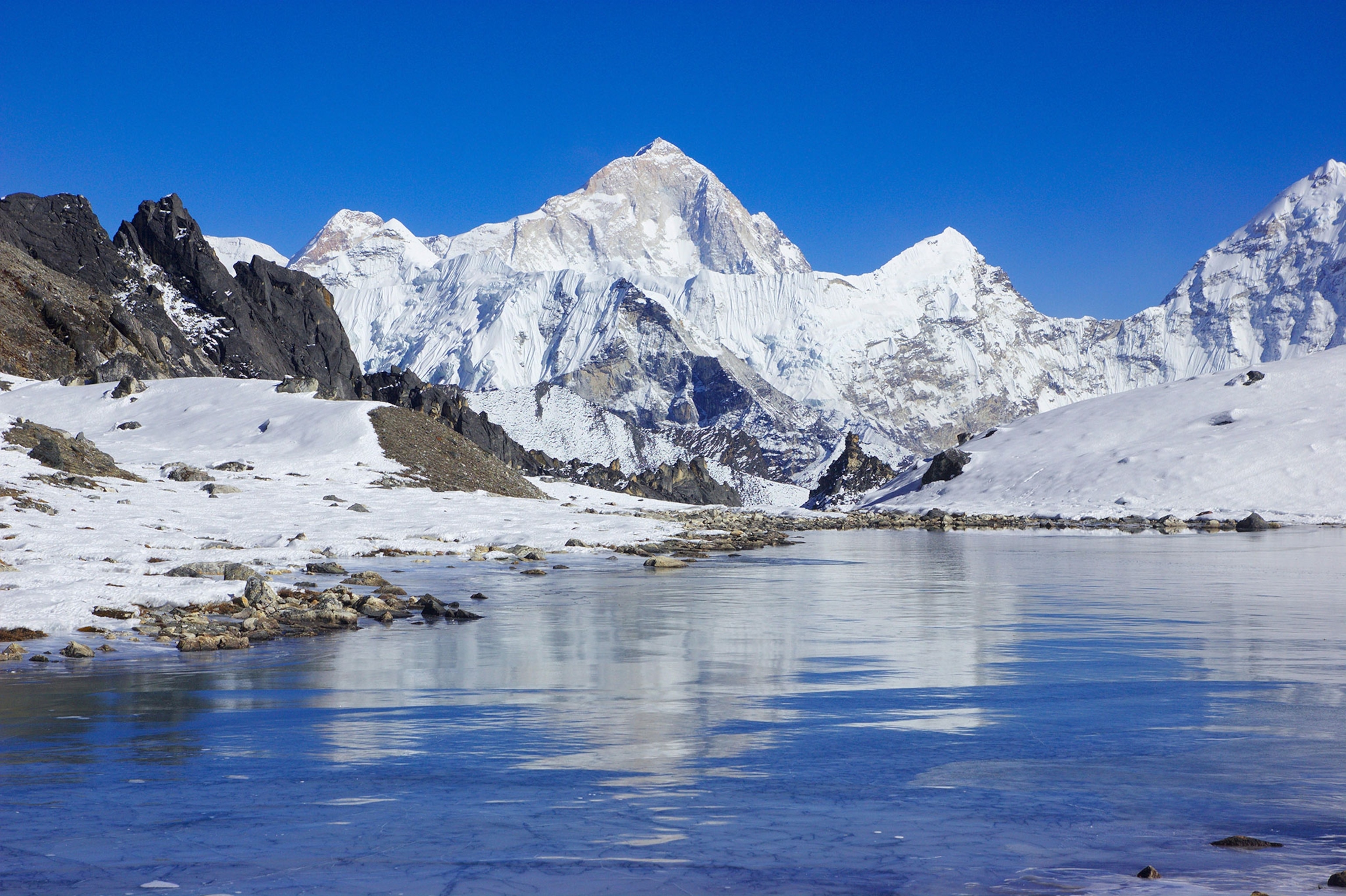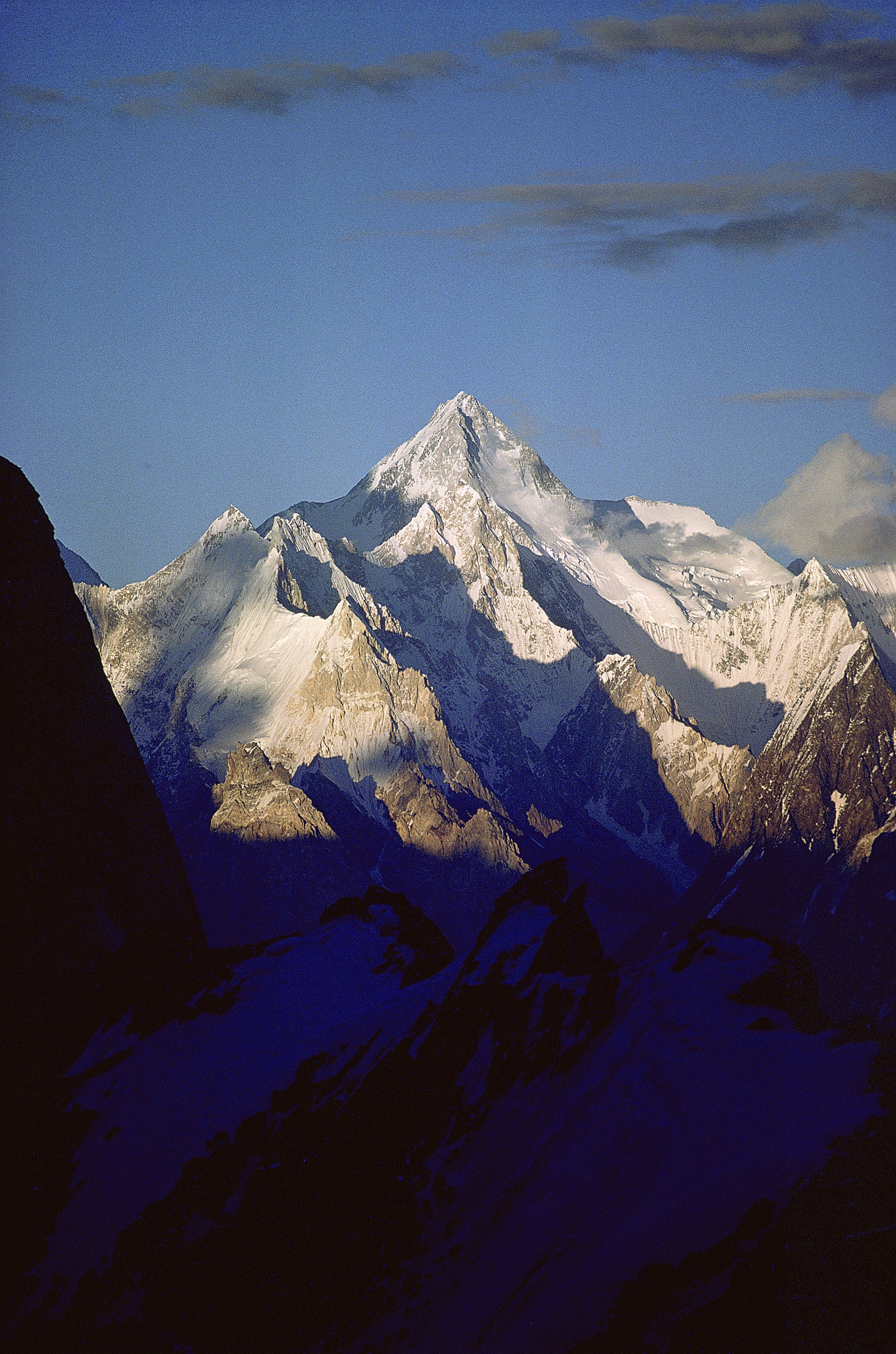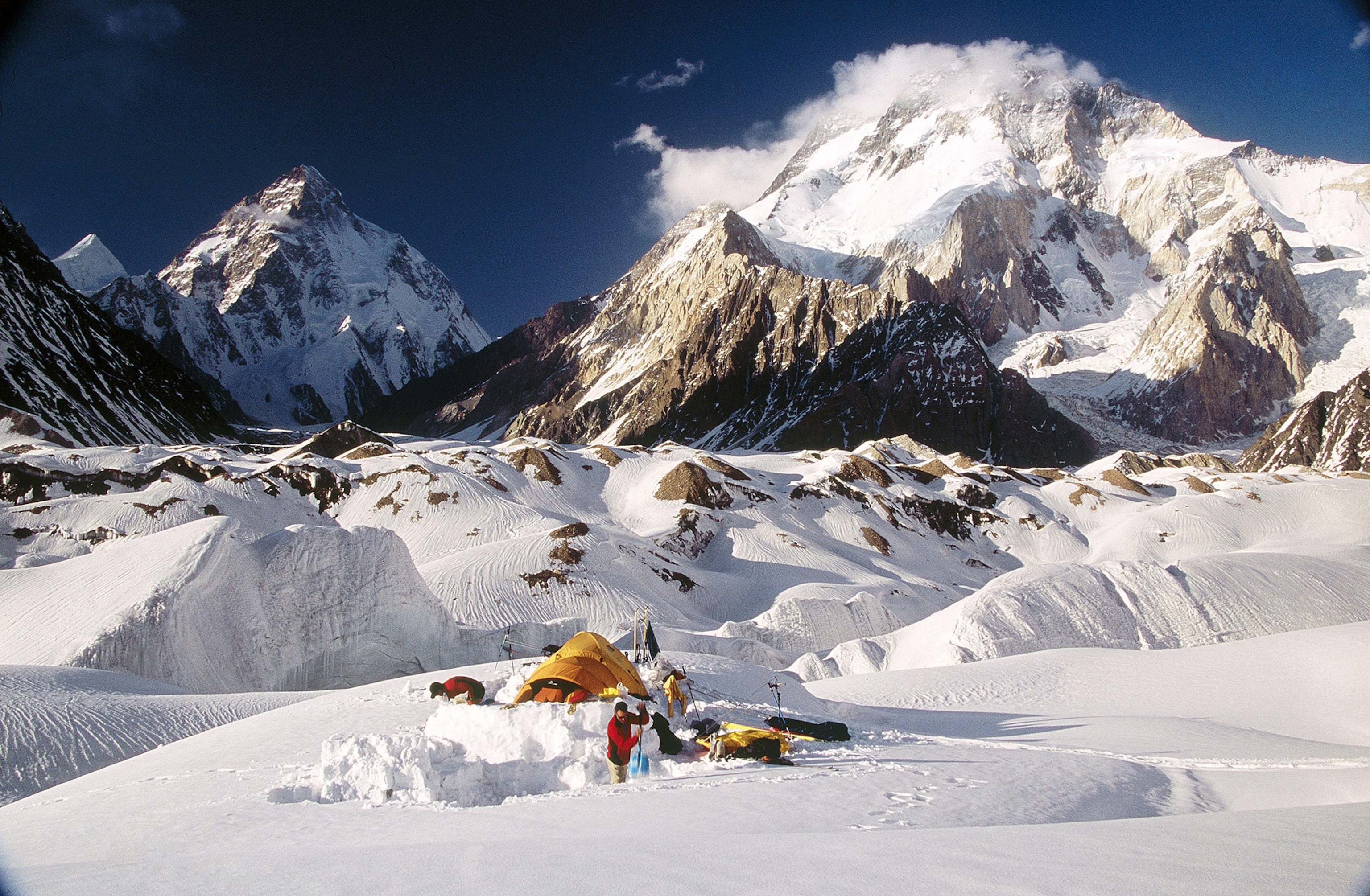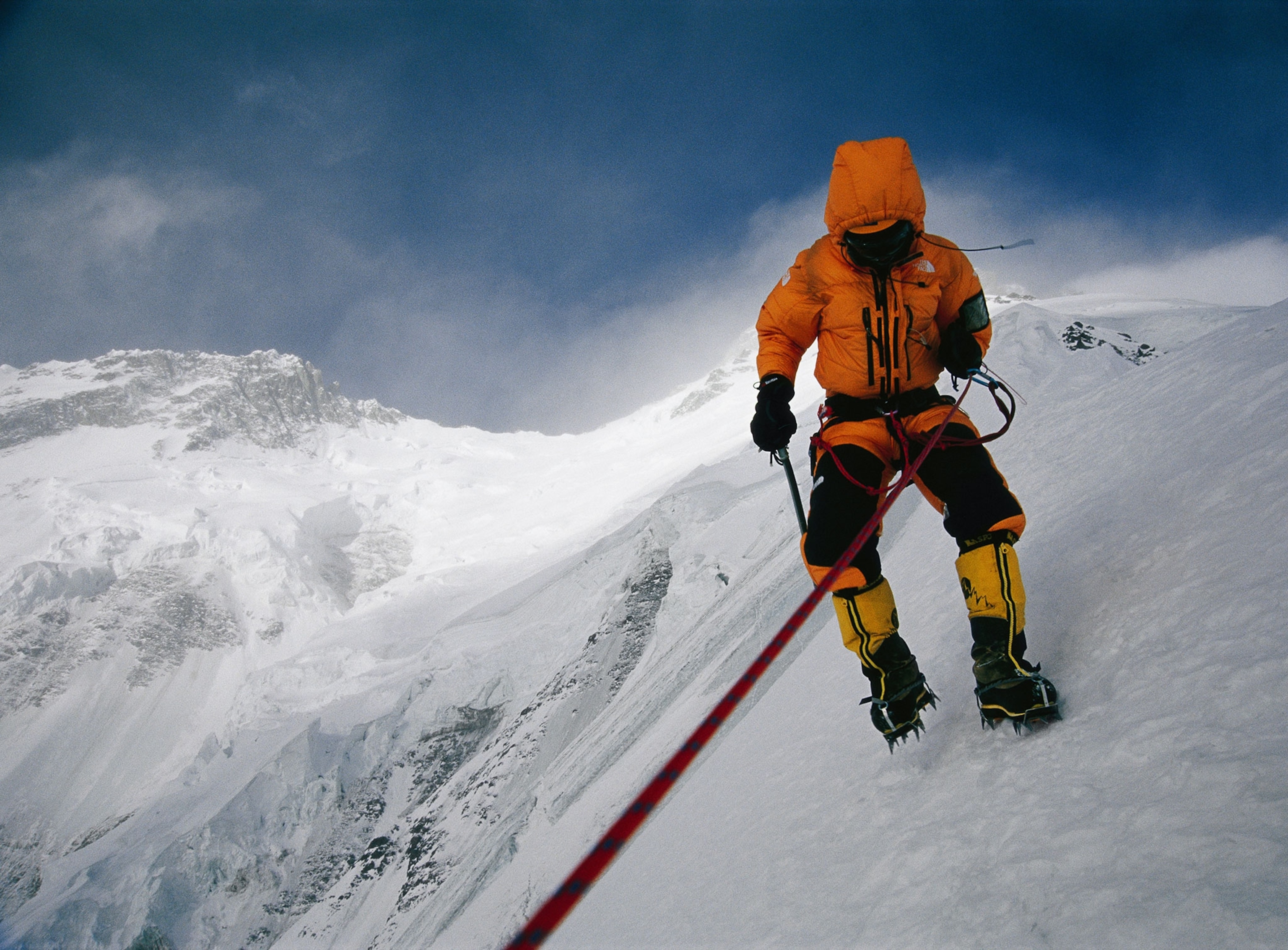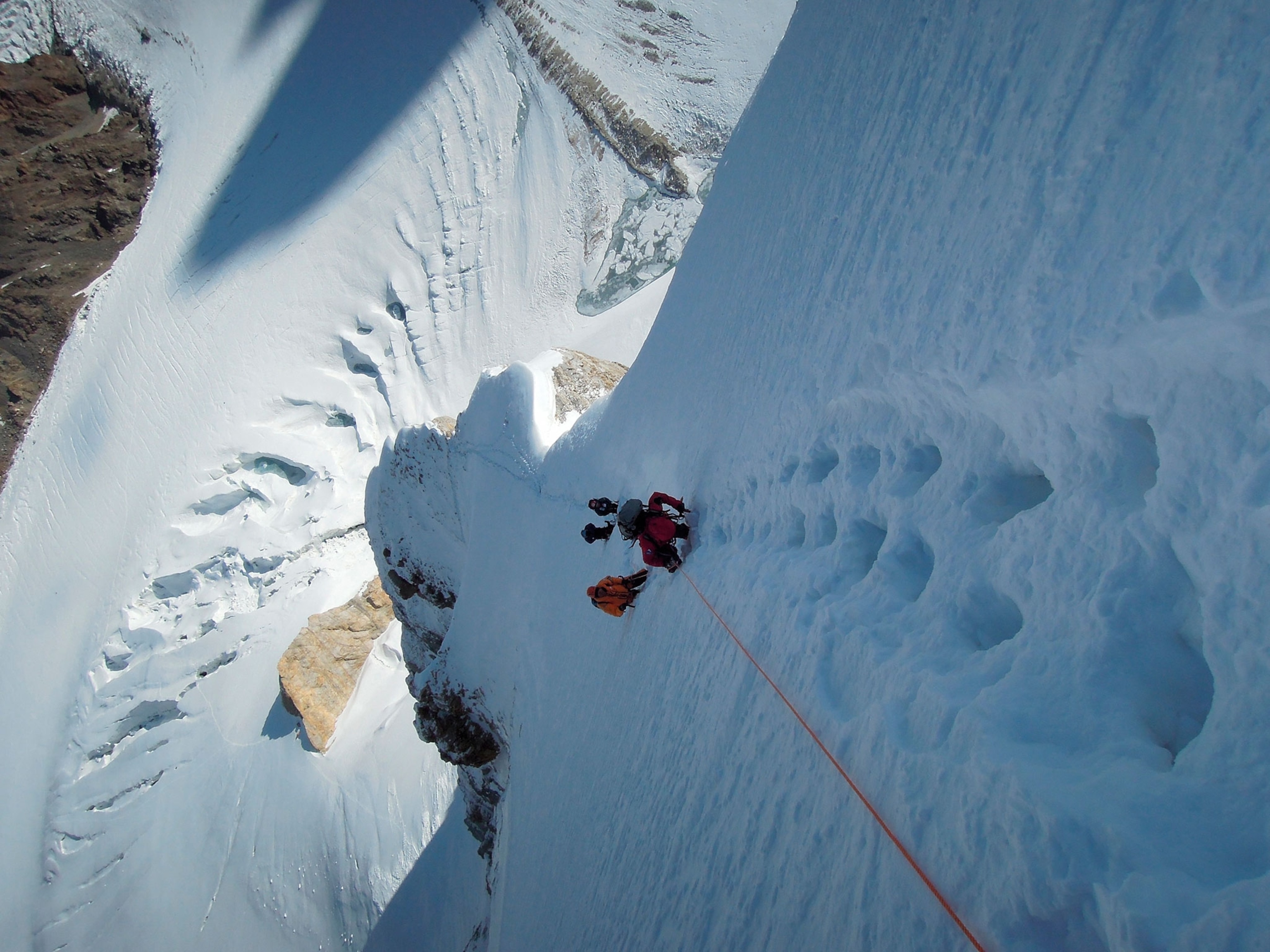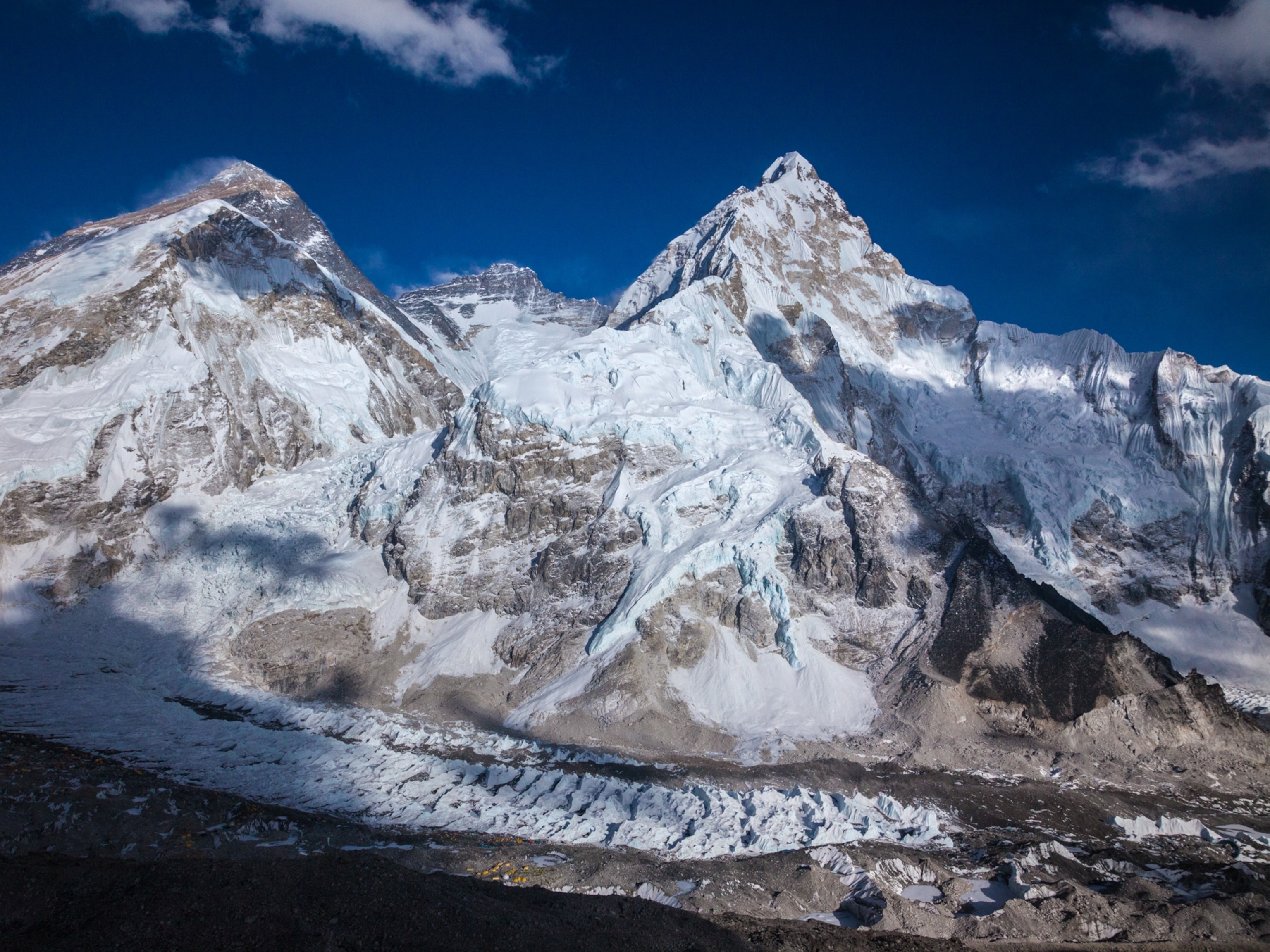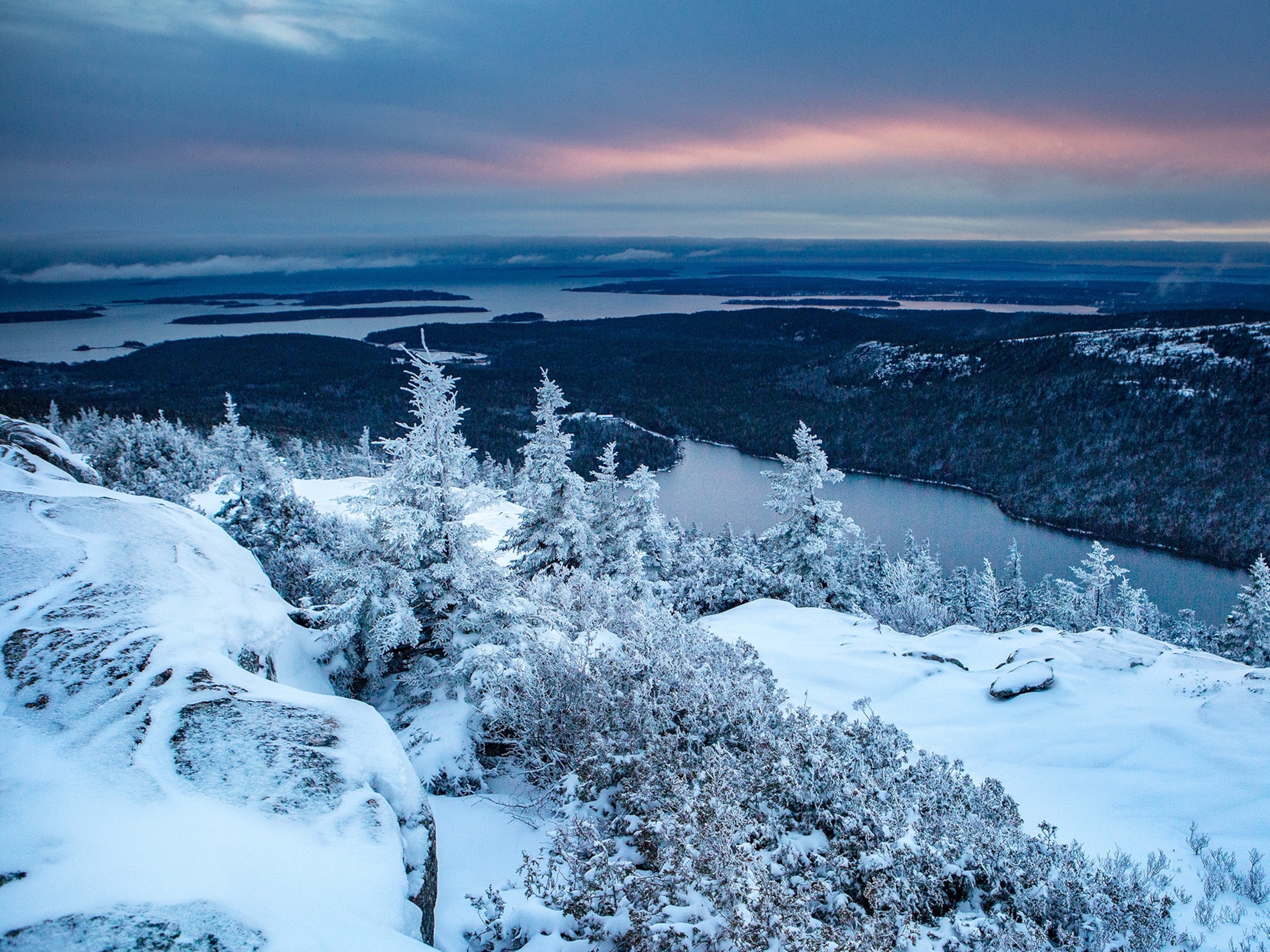Stunning photos capture Earth's highest peaks at their deadliest
Thirteen of the world's tallest, most dangerous mountains have been climbed in winter—mostly by Polish alpinists.
Right now two teams are making their way up the treacherous flanks of K2, the world's second-highest mountain, in hopes of claiming its first winter ascent. It is the last of the world's 14 peaks taller than 8,000-meters, yet to be climbed in winter, one of the biggest unclaimed prizes in mountaineering.
The concept of winter climbing at high altitude was born in Poland, was nurtured in Poland, and for years, was dominated by Polish climbers. It appeared to be a Polish legacy. But legacies always start somewhere, and in this case, it was with one man—Andrzej Zawada. The charismatic Zawada was a revered leader of Polish expeditions to the high ranges in the 1970s and 1980s, and his reputation was intimately connected with winter.
I once asked him, “Mr. Zawada, why do you prefer to climb in the Himalaya in winter when summer is so much more appealing?” He looked down his aristocratic nose at my diminutive stature and said, “Because. The Himalaya in summer is for vimmen!”
His real reason for concentrating on the coldest season was much more complex and strategic than his off-hand comment.
After World War II broke out in 1939, climbing in the Himalaya ground to a halt. But the interruption lasted much longer for Poland than for other countries, thanks to the Soviet regime’s stranglehold grip. While the Poles were enduring Communist rule, all 14 of the 8000-meter peaks were climbed. The French began with Annapurna in 1950 and the Chinese finished the job on Shishapangma in 1964.
Zawada knew the history, and he knew the potential of Polish climbers, who trained in the Tatras, both winter and summer. He envisioned a new and dramatic way for Polish climbers to position themselves in the Himalayan arena of 8,000-meter peaks: their legacy would be winter.
He first went to the Hindu Kush to test his strategy. When his team succeeded in climbing Afghanistan’s highest mountain—7,492-meter Noshaq—in winter, he felt confident to dream higher. His first Himalayan attempt was Lhotse, where he reached 8,000 meters, but not the summit. Yet his vision never faltered. In 1979, Zawada led a Polish team to the top of the highest mountain on Earth in winter. The “Ice Warriors” were launched.
- National Geographic Expeditions


